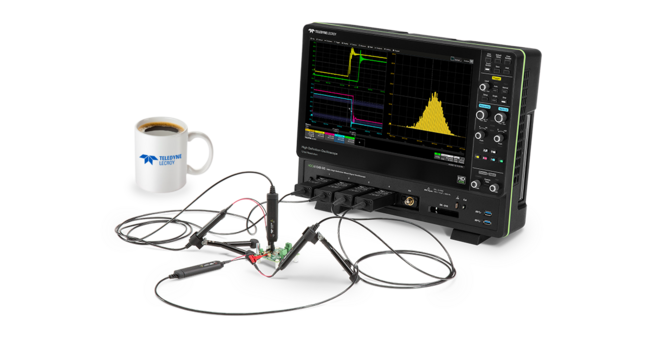
Webinar
Teledyne LeCroy: How Do I Rescale a Sensor to Use With an Oscilloscope?
Time: 11 AM Pacific | 2 PM Eastern
Duration: 30 minutes
Oscilloscope Coffee Break Webinar Series
Join Teledyne LeCroy for this 30-minute Oscilloscope Coffee Break Series to remind us how to get the most test and debug capability from our oscilloscopes. Grab your refreshment and spend a few minutes with us as we focus on a specific topic each month. Click here to access the entire series.
Part 10: How Do I Rescale a Sensor to Use With an Oscilloscope?
Sensors are commonly used in automotive, motor, and other applications to measure rotational speed, shaft angle or position, torque, pressure, wheel speed, crankshaft speed, oxygen levels, anti-lock braking system (abs) parameters, temperature, magnetic or electrical fields (Teslas, Webers, Siemen, Volt/meter, etc.) and many others.
In this coffee break webinar, we will describe various techniques used to take sensor outputs and rescale them into appropriate and useful non-voltage scientific units, such as Pascals, Volt/meter, Webers, Newton-meter, revolution/minute (RPM), etc. for display as an easily understandable waveform on an oscilloscope.
Topics to be covered in this webinar:
- Principles of unit conversion in an oscilloscope
- Simplest use case – converting to Ampere (A) units
- Converting to other units for sensors with voltage outputs
- Complex sensor unit conversion (Resolvers, Quadrature Encoder Interface or QEI)
- Sensor unit conversion with serial data outputs and digital-to-analog conversion (DAC)
Presented by: Jonathan Shechter, Product Marketing Engineer